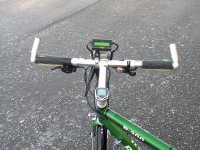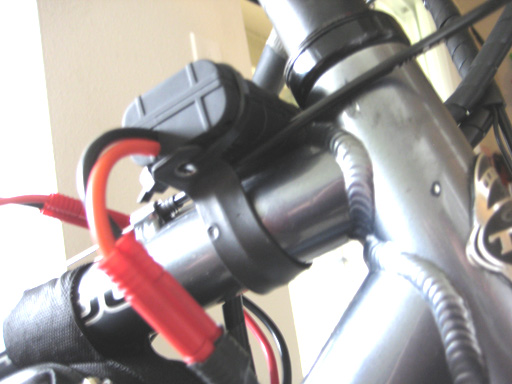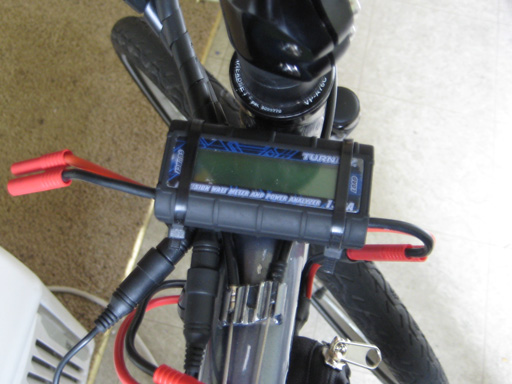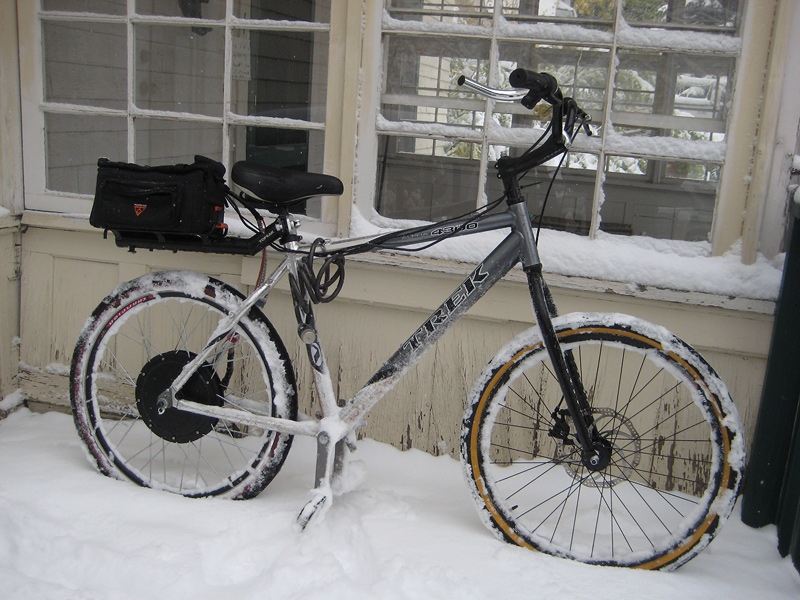kmxtornado
10 kW
Specifically, the Watt's Up one b/c it's cheaper and I'm not sure I really "need" this. For those that have been following my build thread, I'm a bit of a newb but love anything that's cool looking that I can modify and when I'm done, it moves me around town. The Cyclist Analyst some of you hardcore guys use I understand has a lot of capabilities 'n all, but the price is beyond my budget (yes, an e-biker w/ a budget). Let's focus on the lower priced RC power analyzer here: http://www.amazon.com/Watts-Meter-Analyzer-WU100-Version/dp/B001B6N2WK
Here's your chance to show off your analyzer! Share pics, talk to me like a newb. Come on techies. Let me have it.
What exactly does this do other than look cool on my handlebar?
What are the features exactly and how will my life be better b/c of it?
Does it give me the range I have left on my battery?
I know it shows me the amps I'm using in real-time during my ride, but why do I care? (not trying to be a jerk. I'm seriously just ignorant to this stuff and curious why having one of these gadgets is helpful for ebikers).
So far I've read up that it can inform me if/when my cells are out of balance. What else. Sell me on this guys. Tell me how cool it is and why you have one. Perhaps your checking different setups. That wouldn't help me, but maybe there's other benefits to this gizmo.
Enlighten me. Thanks fellas.
Here's your chance to show off your analyzer! Share pics, talk to me like a newb. Come on techies. Let me have it.
What exactly does this do other than look cool on my handlebar?
What are the features exactly and how will my life be better b/c of it?
Does it give me the range I have left on my battery?
I know it shows me the amps I'm using in real-time during my ride, but why do I care? (not trying to be a jerk. I'm seriously just ignorant to this stuff and curious why having one of these gadgets is helpful for ebikers).
So far I've read up that it can inform me if/when my cells are out of balance. What else. Sell me on this guys. Tell me how cool it is and why you have one. Perhaps your checking different setups. That wouldn't help me, but maybe there's other benefits to this gizmo.
Enlighten me. Thanks fellas.







